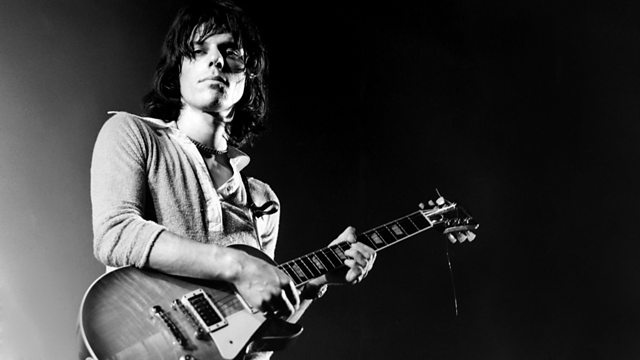It’s always interesting to hear the players themselves describing their approach to improvisation, so before we go any further, check out the video below of Slash talking about the scales he uses and his approach to soloing.
1. If you can’t find a way to apply it to real music, forget about it. When Slash gets his hands on a piece of information such as a scale, the first thing he asks himself is, ‘how can I apply this to my music, or how can I use this to make music?’ It’s all well and good to practice and know something like the melodic minor scale, but if you have no practical use for it, you might as well have spent your time on something that is useful to your playing. Many guitarists learn something like the melodic minor because they feel they should, or because at some point they might need it. This kind of thinking is slightly flawed because you can only call upon stuff like that if it’s a) second nature to you, and b) you can make some actual music with it. As Slash says, if you don’t apply it to some kind of music, there’s no use for it.
2. Driven by sound. Before Slash plays a single note, he clarifies that he’s going for the rock sound. In other words, his improvisations are driven first by the sound he wants to achieve – he puts the sound before the scale. Most guitarists approach this the other way around – they first learn the scales then eventually try to apply them to the sound they want to achieve. There’s nothing wrong with this but what usually happens is that the focus shifts to practicing scale patterns rather than using those scale patterns, once learned, to get the sound you want.
3. The tools of the trade. Having established what kind of sound you want, your focus should then turn to finding the tools, scales in this case, to achieve that sound. Slash obviously worked out that for a rock sound you need the minor and major pentatonic scales, which he demonstrates. He clearly knows the five pentatonic positions all over the neck, and you can tell his focus is on using those scales to make music as he begins to demonstrate a few licks and phrases.
4. The pentatonic scale as the basis for all others. After you’ve gotten your pentatonic scales down, the next logical thing to do would be to venture into the major scale and its modes. I don’t think Slash really sees it this way as he seems to prefer adding intervals to the pentatonic scales he already knows so well to get different sounds. He mentions the major and natural minor scales but concentrates more on the intervals you can add in to get other sounds such as the 6, the darker minor sound of the b6, and other chromatic notes in a tasteful way.
What about the blues scale?
Slash definitely uses the blue note to great effect in many of his solos but if you’ve ever heard him solo over a straight blues, it’s more than a little cringeworthy, though by 2016 he had gotten a lot better. His soloing sensibilities seem much more rooted in melodic phrasing using the above ideas, which is what he’s famous for and leads us to the fifth thing you can learn from Slash: play to your strengths, not your weaknesses.



